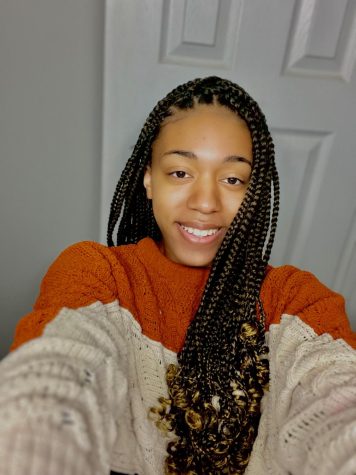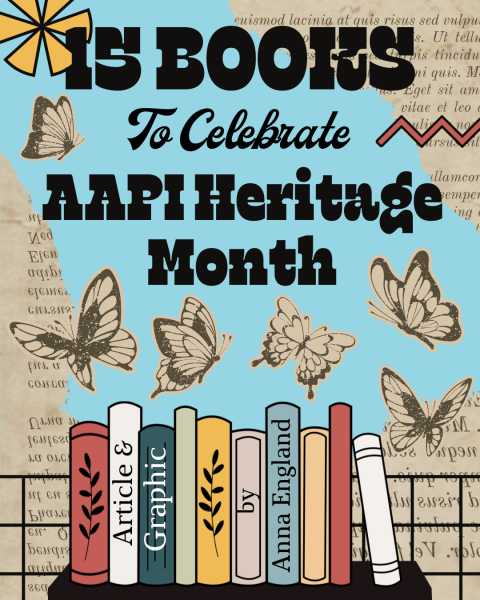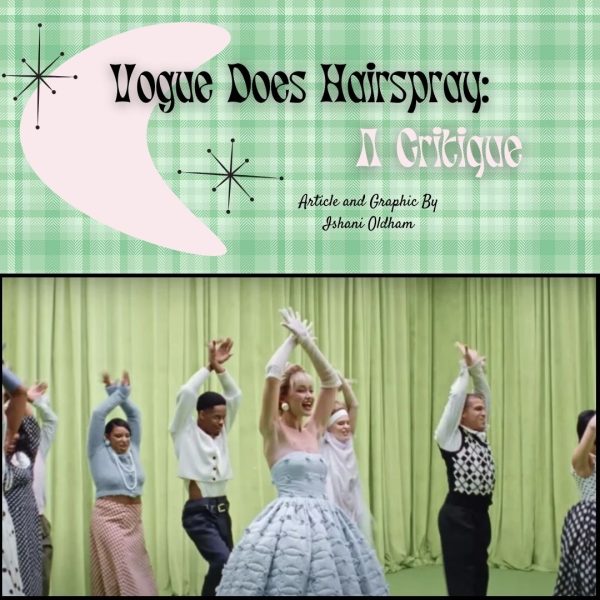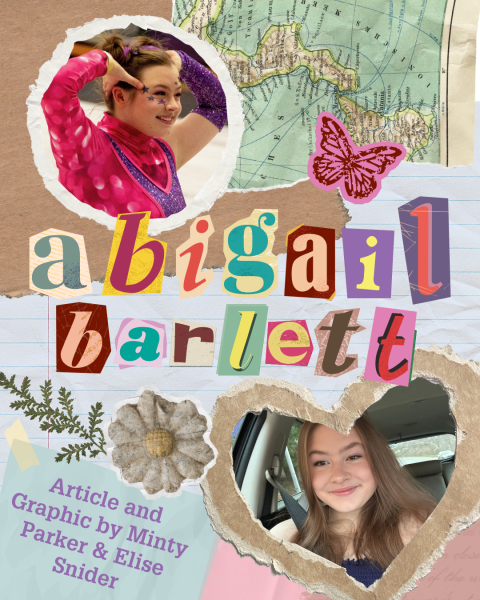“Represented”
Diversity and representation: the buzzwords of twenty-first-century entertainment media. Anyone could say that those two attributes have become a lot more common in recent years, and it’s true, we’ve come a long way. But there’s still a lot left to be desired, especially in the way of black female representation.
When was the last time you watched a TV show or movie with a black female protagonist? If you have recently, she probably matched this description: 3B curls, skin lighter than a Starbucks iced latte, doe-eyes, and a white male love interest. If there are any sort of liberties able to be taken with how a black woman will be presented, especially in book-to-movie adaptations, actresses that will fit this mold are cast.
Amandla Stenberg is a major example of this harmful miscasting. She’s a fantastic actress, starring in movies such as The Hunger Games, The Hate U Give, and Everything; Everything. Stenberg has skill and notoriety, but there’s one consistent issue with all three of these popular movies. In The Hunger Games, the character Rue is described as having “dark brown skin and eyes.” Starr, on the original The Hate U Give cover, is portrayed as dark-skinned with an afro. The protagonist, Maddy, of Everything; Everything, is half Japanese, half black. Why is this of concern? Because Amandla Stenberg is biracial; but her mother is black and her father is white.
You might still be thinking, “What’s the problem?” Well, the problem isn’t so much that a biracial black woman was cast, but why she was cast. For example, in The Hunger Games, Rue is supposed to be portrayed as an innocent but resourceful young girl, meant to elicit sympathy from the audience for being drawn into the terrible fight to the death at such a young age. To create this effect, the casting director had to feed people’s implicit bias towards lighter skin tones.
This subconscious bias has been proven by part of the infamous Clark Doll Experiment, where Dr. Kenneth Clark asked black children to draw a picture of themselves, given an array of different shades of brown. Most children chose a color to draw with that was significantly lighter than their actual skin tone. These sorts of experiments were replicated and altered various times since then, all with similar results: darker skin being associated with negative attributes. The risk of losing the innocence factor for Rue seemed to outweigh book accuracy for the director, at least concerning her skin tone. This line of thought is really only seen when casting women of color, while this mindset tends to be lost when casting men of color. Thresh, Rue’s district partner, who is described to have the same skin tone as her in the book, is allowed to be cast by an actor with dark skin, which may be a problem within itself as Thresh’s character is presented as tough, simple, and violent. When standing next to each other, the difference is drastic, very clearly illuminating the whitewashing of Rue’s character.
Another huge problem with black female representation in fictional media especially is the recurring theme of the white love interest savior. Even within the three examples of Amandla Stenberg-starring films given, two of them contain this trope. Other examples include a significant number of Netflix Original shows such as Ginny & Georgia, 13 Reasons Why, I Am Not Okay With This, Trinkets… and the list goes on. On the rare occasion that a black woman is represented in teen dramas like these, she is usually paired with a white male love interest that nearly always serves to “mellow her out.” This is likely the result of a forced idea of diversity, and that there should be more representation of interracial couples. But why must it always be a black character and a white character? How come white couples are allowed to exist while black couples are not?
Of course, the representation of biracial characters and interracial couples is important to include, but it should never take away from the already scarce inclusion of black women and couples in film. The efforts being made in recent years to “represent” women of color have frequently backfired through people’s internal bias, preventing so many capable dark-skinned young women from playing a part in the popular media. There appears to be a general contentment with where we are now concerning diversity, but that must be deconstructed for black women to ever be truly and irrevocably represented.

(She/her)
Ariel Solomon is a senior that enjoys creating in a variety of ways, but especially writing about her myriad of opinions. If she isn’t planning...










